Alaskan Yellow Cedar Wood
- September 8, 2023
- 0 comment

Alaskan Yellow Cedar, identified by its scientific name, Cupressus nootkatensis or more commonly as Nootka Cypress, stands out in the forest of timbers with its uniquely pale yellow hue. This characteristic color, combined with its renowned strength, durability, and resistance to decay and insect infestation, makes it a coveted wood in various industries.
Texture
Touching Alaskan Yellow Cedar feels like brushing your fingers over nature’s velvet. With its uniformly fine, straight-grained texture, it offers woodworkers a predictably smooth finish, an attribute not found in many softwoods.
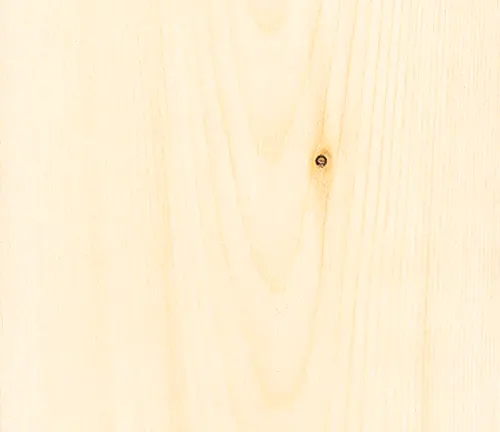
Bark
The bark is its signature calling card in the dense forests. Greyish in hue with a slightly stringy touch, it offers a contrast to the pale wooden treasure that lies beneath, making it distinct from its cedar counterparts.
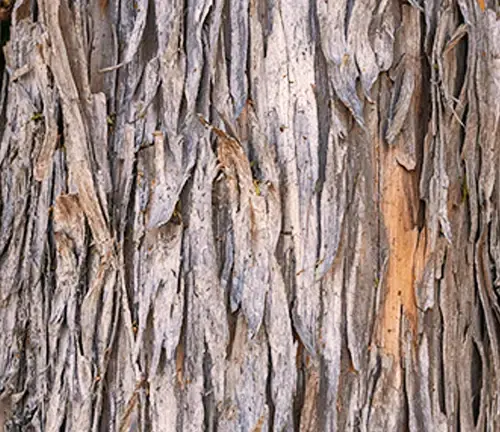
Furniture
In the realm of furniture, Alaskan Yellow Cedar plays a starring role. The exquisite grain combined with its resilience makes it a top choice for artisans who aim to craft pieces that are not only visually stunning but can also stand the test of time.
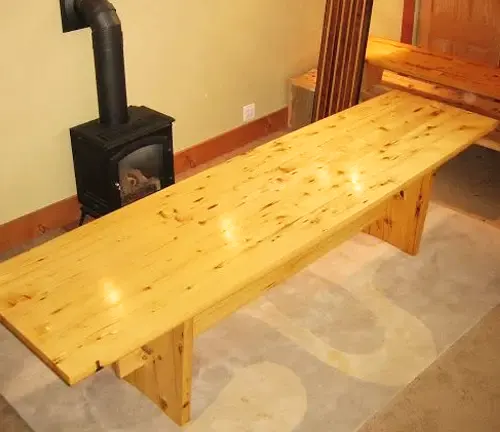
Weapon
Its strength and durability saw its historical importance in weapon creation. Although modern warfare has moved beyond wooden implements, the wood’s robust nature hints at its erstwhile significance.
Firewood
As a firewood, the Alaskan Yellow Cedar is not just a source of warmth. It burns, releasing a comforting aroma, reminiscent of cold Alaskan nights, although its heat output might not be the highest.
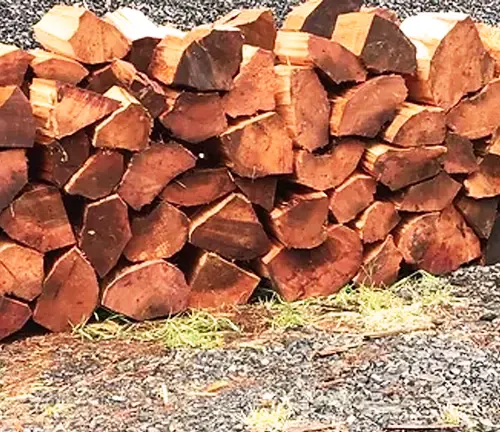
Construction
Builders prize this wood. Its inherent resistance to the ravages of time, decay, and pests means that structures built using it not only last but continue to retain their original splendor.

Plywood
Plywood manufacturers recognize the gold standard that Alaskan Yellow Cedar represents. Its uniform surface and dependable structural properties translate into high-quality plywood, perfect for a myriad of applications.
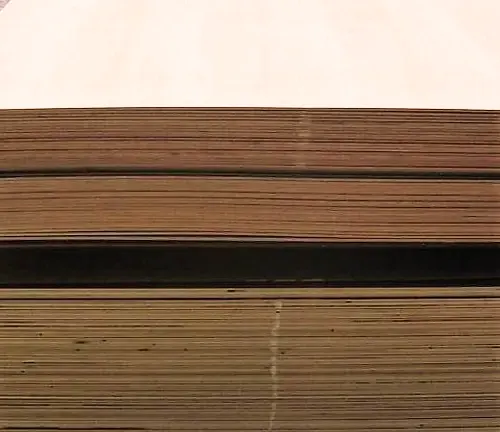
Board
Whether it’s general carpentry or specialized woodworking, the wood, when milled into boards, offers versatility, easy workability, and a finish that’s second to none.
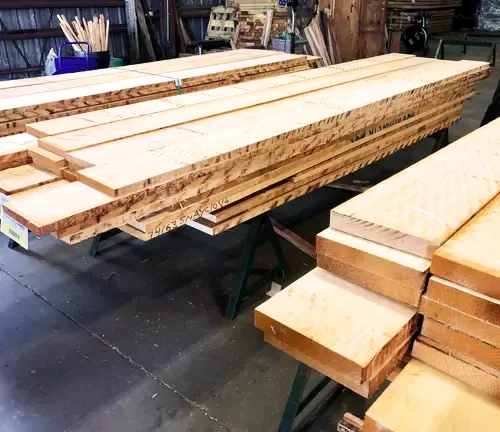
Railroad Cross Ties
In the demanding environment of railroad tracks, Alaskan Yellow Cedar exhibits its mettle. Its long-lasting properties coupled with resistance to environmental factors make it a sought-after material for cross ties.
Pallet
In the industrial sphere, the wood’s sheer strength and ruggedness come into play, making it ideal for crafting heavy-duty pallets that can shoulder significant burdens.
Fencing
Imagine a fence that braves the elements, standing tall and undeterred, year after year. That’s what this wood offers, with its natural resistance making it a primary choice for external fencing installations.

Wood Decking
For those seeking beauty and functionality in their outdoor spaces, Alaskan Yellow Cedar is a favored choice for decking. The wood provides a naturally slip-resistant surface, paired with a lustrous beauty that enhances any exterior.
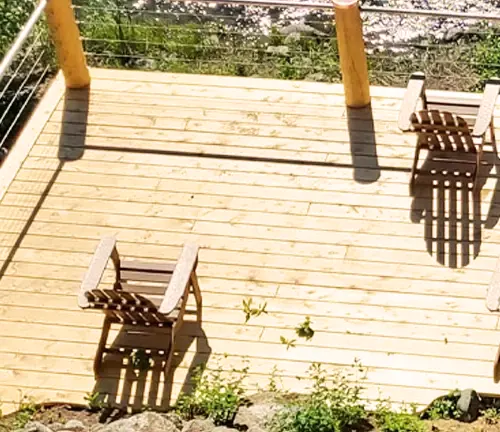
Live Edge Siding
Harnessing the raw, untouched allure of the wood, live edge siding made from this cedar presents an aesthetic that’s both rustic and naturally charming, allowing homeowners to connect more closely with nature.

Beams
From cottages to grand halls, the cedar’s strength and stability shine when molded into beams. These beams not only provide foundational support but also add an element of rustic elegance to any edifice.
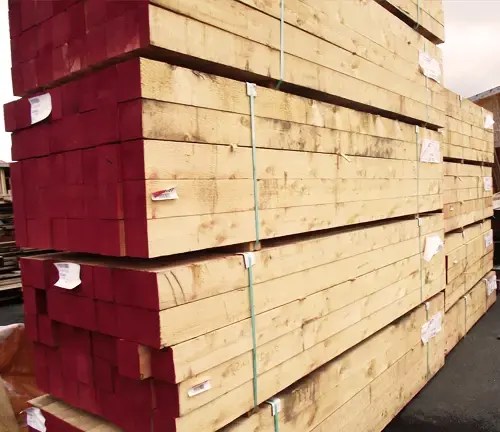
You can check our Cedar Lumber for an even more comprehensive look into the world of wood and its countless applications. There’s a wealth of knowledge waiting for you there, so dive right in and embark on your next enlightening read.
Frequently Asked Questions
- Why is Alaskan Yellow Cedar not actually a cedar?
Despite its name, Alaskan Yellow Cedar is technically not a true cedar. It’s part of the cypress family and is scientifically known as Cupressus nootkatensis. The “cedar” in its name likely comes from its aromatic similarities to other cedars. - What gives Alaskan Yellow Cedar its distinct yellow color?
The wood’s unique yellow hue is derived from a chemical called nootkatin, which not only gives it color but also contributes to its natural resistance against decay. - Is it true that Alaskan Yellow Cedar is more durable than other cedar woods?
Yes, Alaskan Yellow Cedar is renowned for its exceptional durability, resistance to decay, and insect infestation, making it more long-lasting than many other cedar varieties. - Why does Alaskan Yellow Cedar have a sweet smell when burned?
This is due to the natural oils and compounds found in the wood. When burned, these compounds release a pleasant aroma, often associated with the cedar’s inherent characteristics. - How does the slow growth of Alaskan Yellow Cedar affect its properties?
The tree’s slow growth in the cold Alaskan climate results in tight growth rings, which enhance its density, strength, and fine texture. - Is Alaskan Yellow Cedar sustainable?
Many Alaskan Yellow Cedar trees come from managed forests, which prioritize sustainability. Always ensure the wood is sourced responsibly by checking for certifications like the Forest Stewardship Council (FSC). - Why is Alaskan Yellow Cedar preferred for boat building?
Its natural oils make it exceptionally water-resistant, a quality highly sought after in boat building. Its resilience against decay and rot further adds to its suitability for marine applications. - How does the cost of Alaskan Yellow Cedar compare to other woods?
Given its unique qualities and limited growth regions, Alaskan Yellow Cedar can be more expensive than some other softwoods, but its durability often justifies the cost in the long run. - Is it true that indigenous peoples used Alaskan Yellow Cedar for totem poles and canoes?
Yes, many indigenous tribes of the Pacific Northwest have a long history of using this wood for crafting totem poles, canoes, and other ceremonial objects due to its workability and durability. - How does the wood react to finishes and stains?
Alaskan Yellow Cedar accepts finishes, paints, and stains exceptionally well due to its fine texture, allowing for versatile applications in interior and exterior designs.
Alaskan Yellow Cedar Wood, with its rich history and unparalleled attributes, stands as a testament to nature’s ability to produce wonders. This timber, hailing from the cold terrains of Alaska, brings together beauty, resilience, and functionality in a harmonious blend. From indigenous crafts of yore to today’s modern architectural marvels, it has cemented its place as a wood of choice for those discerning enough to seek the finest. As we conclude our exploration of this natural treasure, let’s remember to cherish and sustainably utilize such gifts, ensuring they remain for future generations to admire and utilize. Here’s to the timeless allure of Alaskan Yellow Cedar Wood!


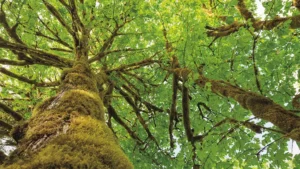
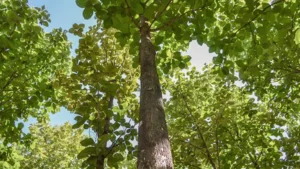
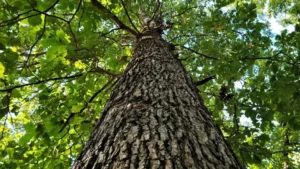
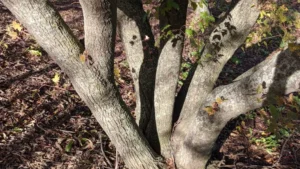
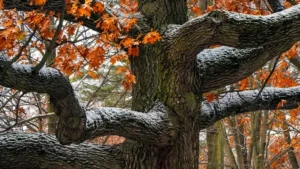
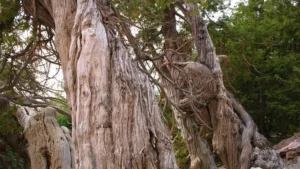
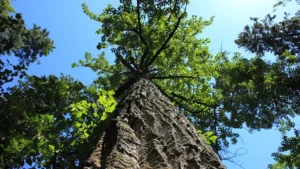

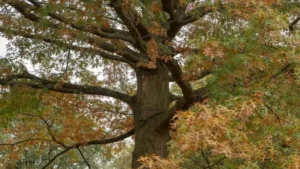
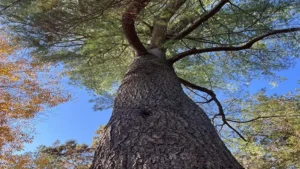
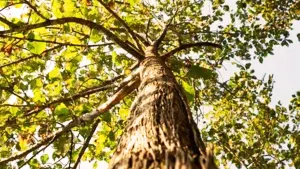
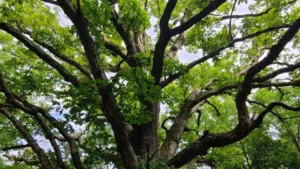
Leave your comment